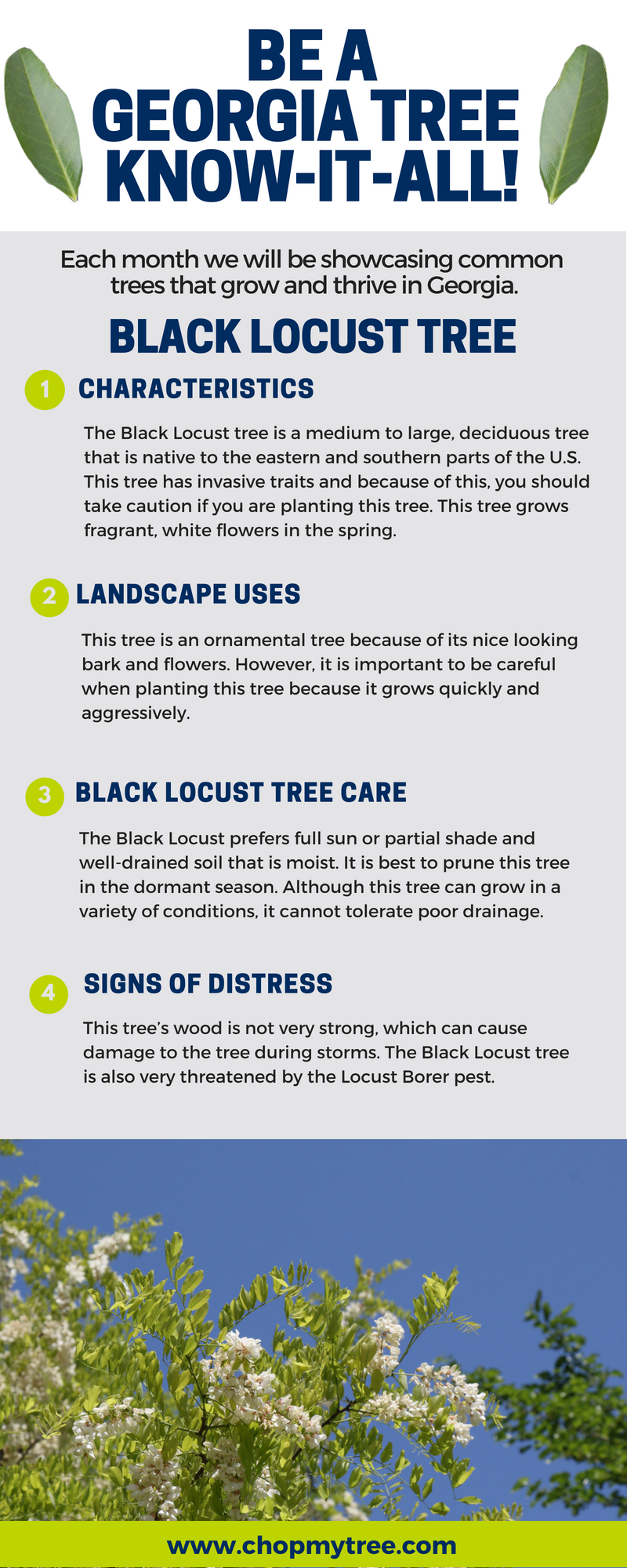Can Trees Be Protected? Indicators For Necessary Tree Removal
Can Trees Be Protected? Indicators For Necessary Tree Removal
Blog Article
Authored By-Dale Britt
If you've ever before questioned the destiny of the trees on your residential or commercial property, comprehending when it's time for removal is essential. But just how do you identify if a tree can be saved or if elimination is the only alternative? By seeking particular signs and assessing safety and security threats, you can make informed choices that benefit both your landscape and your surroundings. Let's discover the key elements that come into play when choosing the fate of a tree and exactly how you can guarantee the best end result for your environment-friendly companions.
Indications of Tree Decline
If you see any of the complying with indications of tree decline in your backyard, it might be time to think about tree removal.
One typical indicator is dead or decaying branches, which can indicate underlying concerns influencing the tree's health. Keep an eye out for blemished or wilted leaves that linger even with appropriate care, as this could be an indicator of illness or pests.
An additional warning signal is excessive leaning or a recognizable shift in the tree's base, which may suggest origin problems or structural instability. Keep an eye out for fungal development on the trunk or origins, as this can indicate rot and jeopardize the tree's stability.
In addition, if you observe huge splits in the trunk or significant arm or legs, it's essential to attend to these issues immediately to prevent potential dangers. Dealing with these indicators of tree decline quickly can aid preserve the safety and appearances of your yard setting.
Safety Worries
To ensure the health of your residential or commercial property and those around you, prioritizing security concerns related to trees is paramount. Trees can posture various safety dangers otherwise properly kept. Dead or rotting branches might fall unexpectedly, jeopardizing people or destructive frameworks.
Leaning trees can also be harmful, specifically if they're leaning towards a building or high-voltage line. In addition, trees with substantial origin systems near foundations or underground utilities can trigger substantial damage over time.
It's vital to frequently examine your trees for any type of indicators of potential danger. Watch out for splits in the trunk, big tooth cavities, or indications of disease and decay. If you discover any of these problems, it's ideal to seek advice from an expert arborist to analyze the scenario and identify the needed strategy.
Taking https://www.bobvila.com/slideshow/10-inspiring-ideas-for-your-side-yard-52055 to address safety and security worries promptly can stop accidents and home damage in the future. https://www.google.com/search?q=Precision+Timber+Felling&ludocid=14488364426700125656&lpsid=CIHM0ogKEICAgID2sruD7wE&source=sh/x/localposts/m1/1&lsig=AB86z5XDzNisBWY-O2yj3bksCBA3&shndl=-1&kgs=857edde0ca74e2e9 in mind, the security of your building and those around you must constantly be the leading priority when it involves tree maintenance.
Consulting an Arborist
When thinking about the health and wellness of your trees, getting in touch with an arborist is a vital action. Arborists are educated specialists that specialize in the treatment and upkeep of trees. They can assess the general wellness of your trees, recognize any type of concerns such as diseases or structural problems, and offer experienced recommendations on the best course of action.
By speaking with an arborist, you can get valuable understandings right into the problem of your trees and establish whether removal is essential. Arborists have the expertise and experience to examine the dangers related to keeping a tree versus removing it. They can likewise supply guidance on different options, such as trimming, cabling, or supporting, to help preserve the tree whenever feasible.
Furthermore, arborists can help you navigate any kind of neighborhood guidelines or permits that may be needed for tree elimination. Their know-how can ensure that the process is performed securely and in compliance with any relevant regulations.
Conclusion
In conclusion, when identifying whether trees can be conserved or if elimination is needed, it is necessary to consider indications of decrease and security problems. Consulting an arborist for a complete evaluation is important in making the most effective decision for the tree's health and prospective risks. Keep in mind, aggressive care and timely action can aid maintain trees and prevent mishaps.
